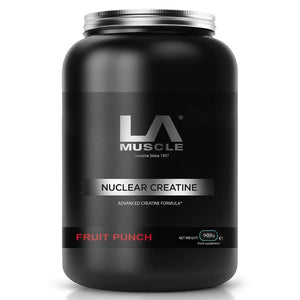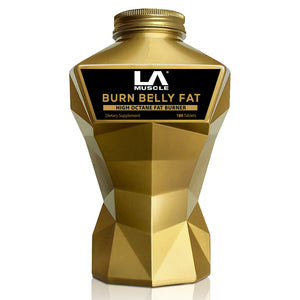
Bodyweight squats are a fundamental exercise that offers a multitude of benefits for various fitness levels. They primarily target the lower body, engaging muscles such as the quadriceps, hamstrings, glutes, calves, and even the core. This exercise is not only effective for building strength and muscle tone but also for enhancing mobility and balance.
How to Perform Bodyweight Squats
-
Starting Position: Stand with your feet shoulder-width apart, toes pointing slightly outward. Keep your spine neutral, and your arms can be straight out in front, crossed over your chest, or behind your head.
-
The Descent: Begin by pushing your hips back, bending your knees and ankles, and sitting back as if you're lowering onto a chair. Ensure your knees don’t bow inward or outward.
-
Depth of the Squat: Aim to lower yourself until your thighs are at least parallel to the floor. However, depth can vary based on mobility and comfort.
-
The Ascent: Push through your heels to return to the starting position, engaging your glutes and core throughout the movement.
-
Breathing Technique: Inhale as you lower down and exhale as you push back up.
Benefits of Bodyweight Squats
-
Muscle Strengthening and Toning: They primarily strengthen the legs and glutes.
-
Improved Flexibility and Balance: Regular squatting enhances joint mobility and balance.
-
Core Stabilization: Engaging the core during squats strengthens abdominal and back muscles.
-
Burn Calories: Squats can contribute to your overall weight loss or fitness goals by burning calories.
-
Convenience: They can be done anywhere without equipment.
Frequency and Repetition
- Beginners: Start with 2-3 sets of 10-15 squats.
- Intermediate and Advanced: Increase to 3-4 sets of 15-25 squats, or incorporate variations like jump squats or one-legged squats.
- Frequency: Aim to perform squats 2-4 times per week, ensuring at least one day of rest between sessions.
Long-Term Expectations
- First Few Weeks: Initial improvements in strength and endurance, with potential muscle soreness.
- 1-3 Months: Noticeable improvements in muscle tone and lower body strength.
- 3-6 Months: Increased muscle mass and further strength gains.
- Beyond 6 Months: Maintenance or continued progression depending on goals and variations used.
Precautions and Tips
- Warm-Up: Always start with a light warm-up to prepare your muscles.
- Form Over Quantity: Prioritize proper form over the number of squats.
- Progression: Gradually increase the number of sets, reps, or difficulty.
- Listen to Your Body: Avoid pushing through pain. Adjust the exercise if needed.
- Consult a Professional: If you’re new to exercise or have any health concerns, consult a fitness professional.
Bodyweight squats are a versatile, effective, and accessible exercise that can be a cornerstone of a fitness regimen. Consistency and proper technique are key to reaping their benefits over time. Whether you're a beginner or an experienced athlete, incorporating squats into your routine can lead to significant improvements in strength, flexibility, and overall physical health.


























